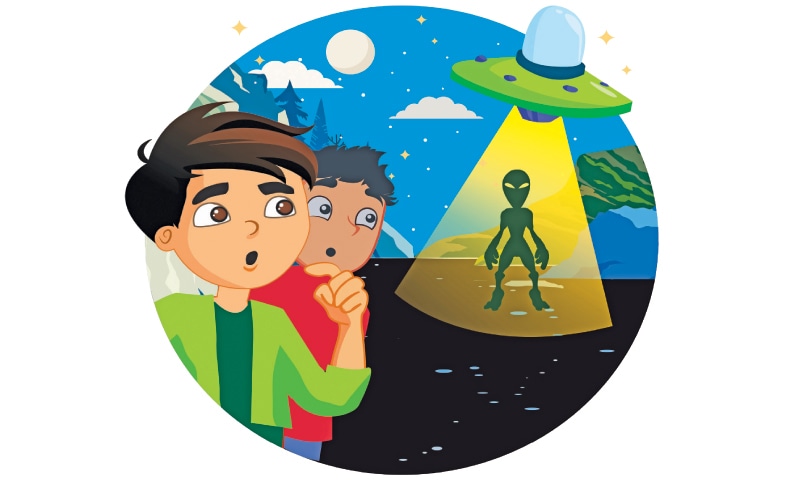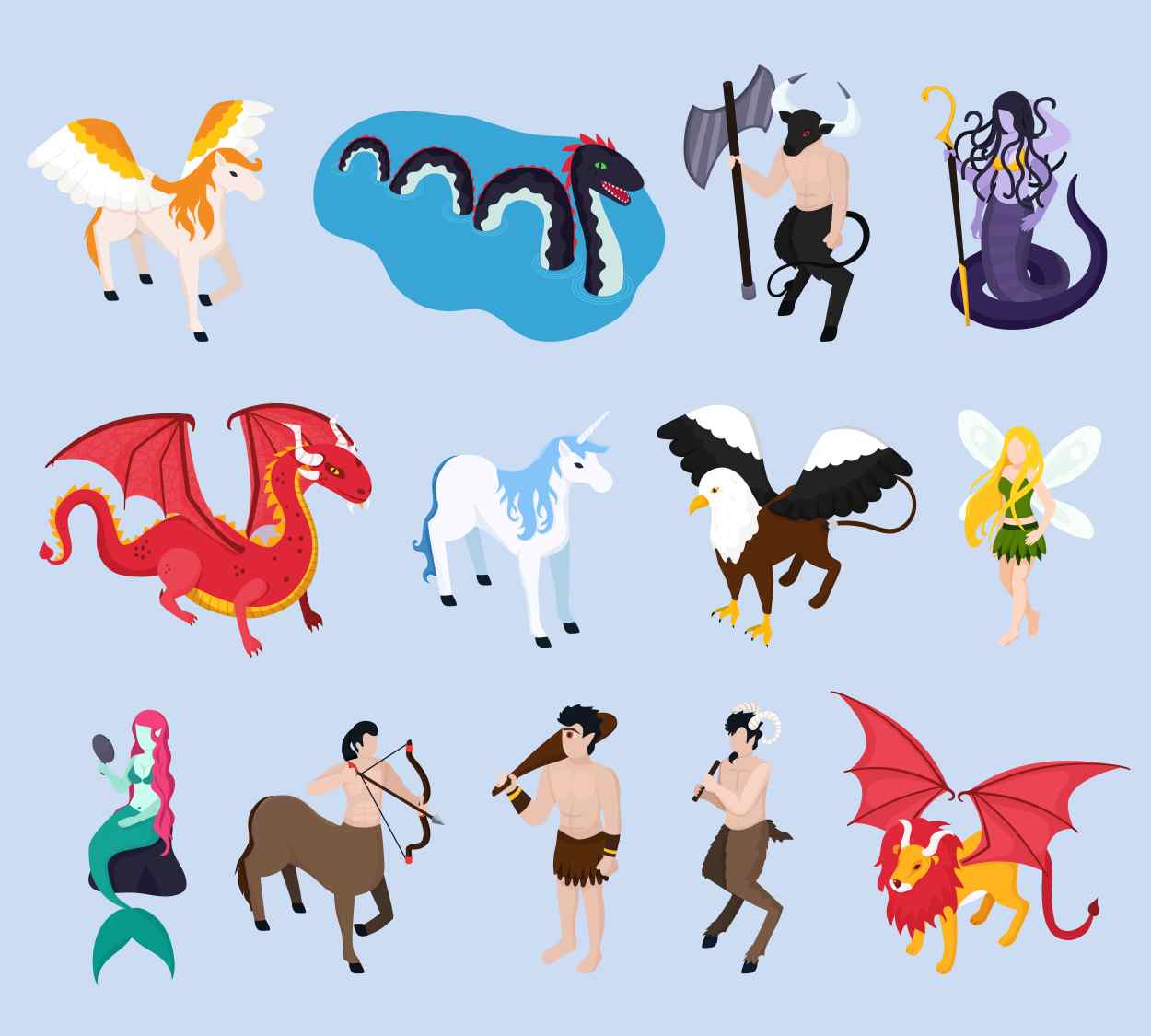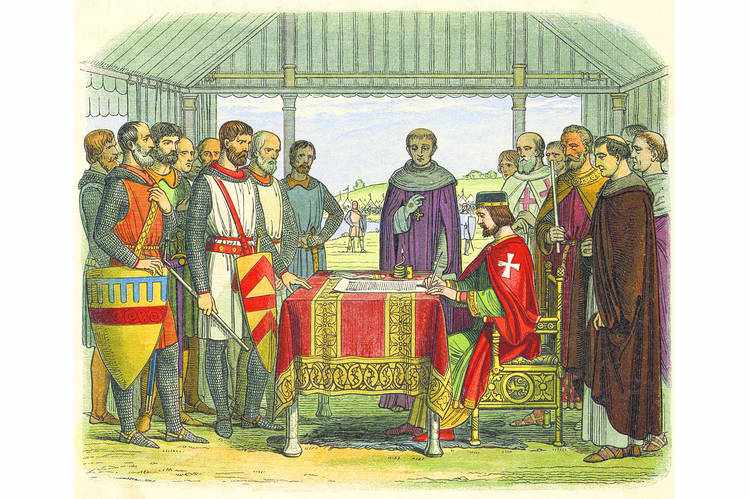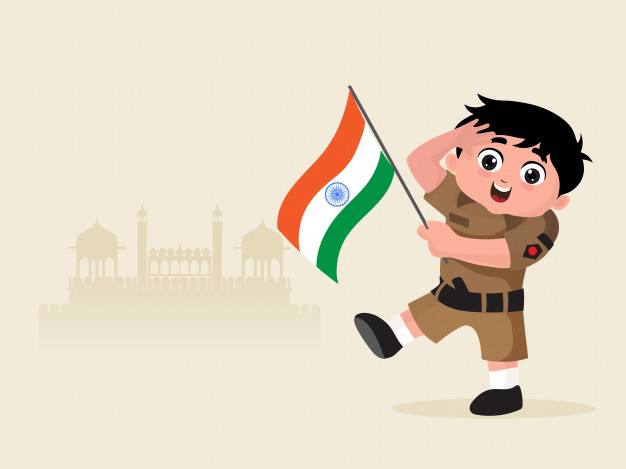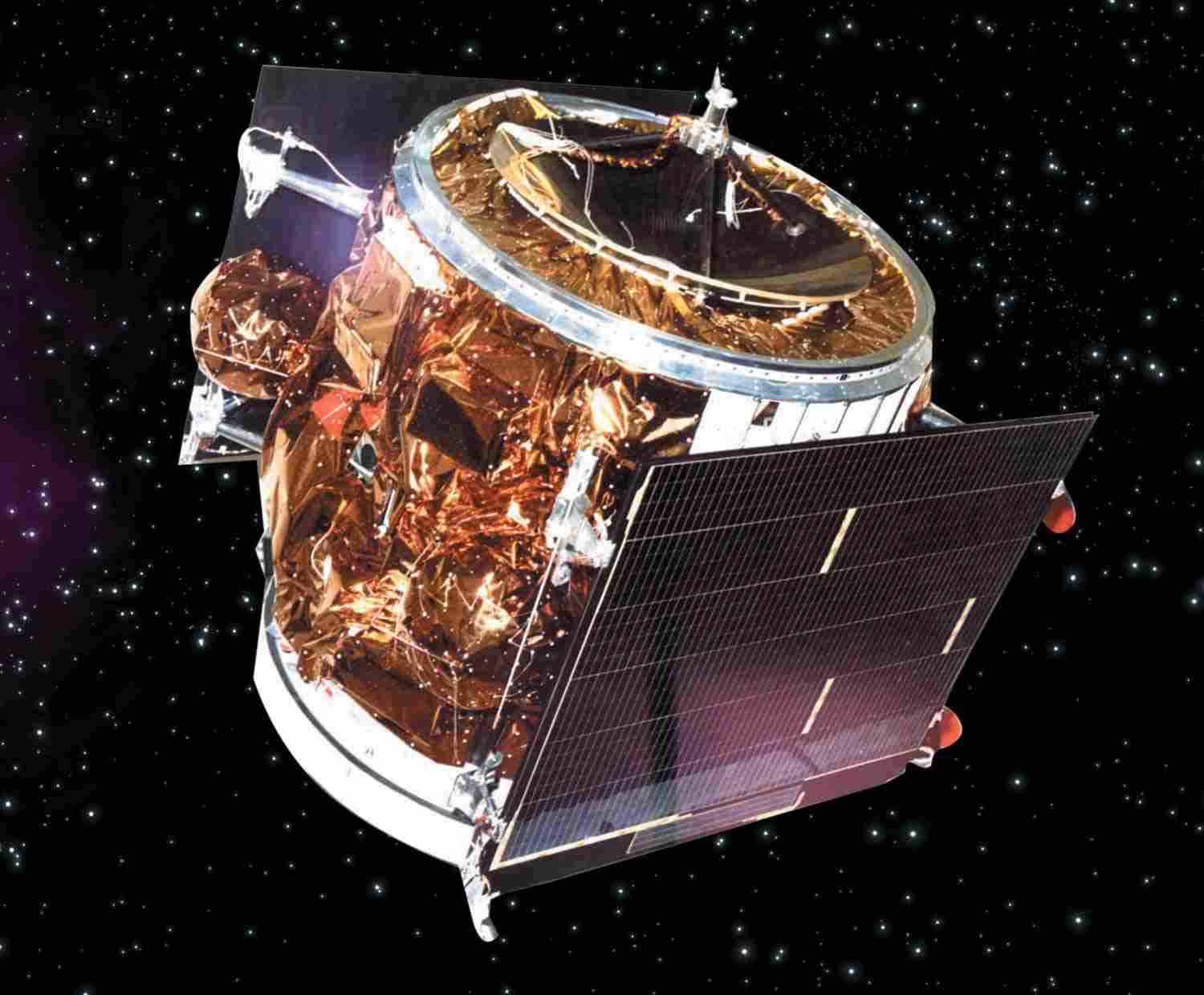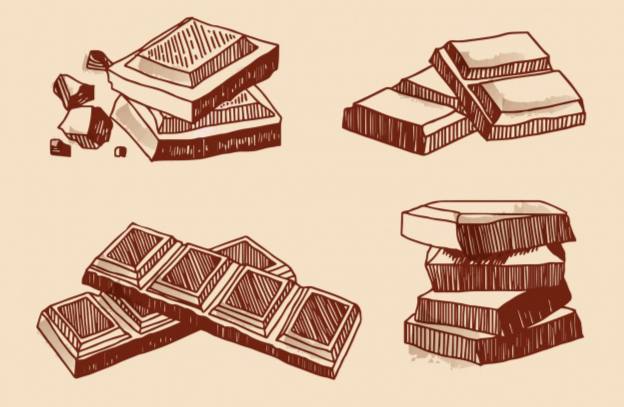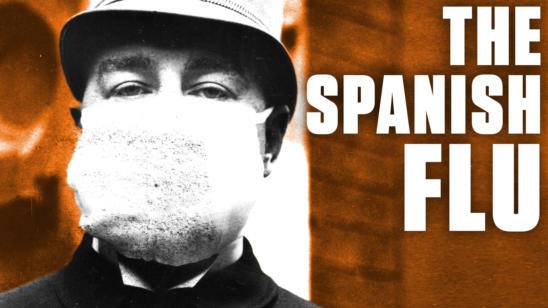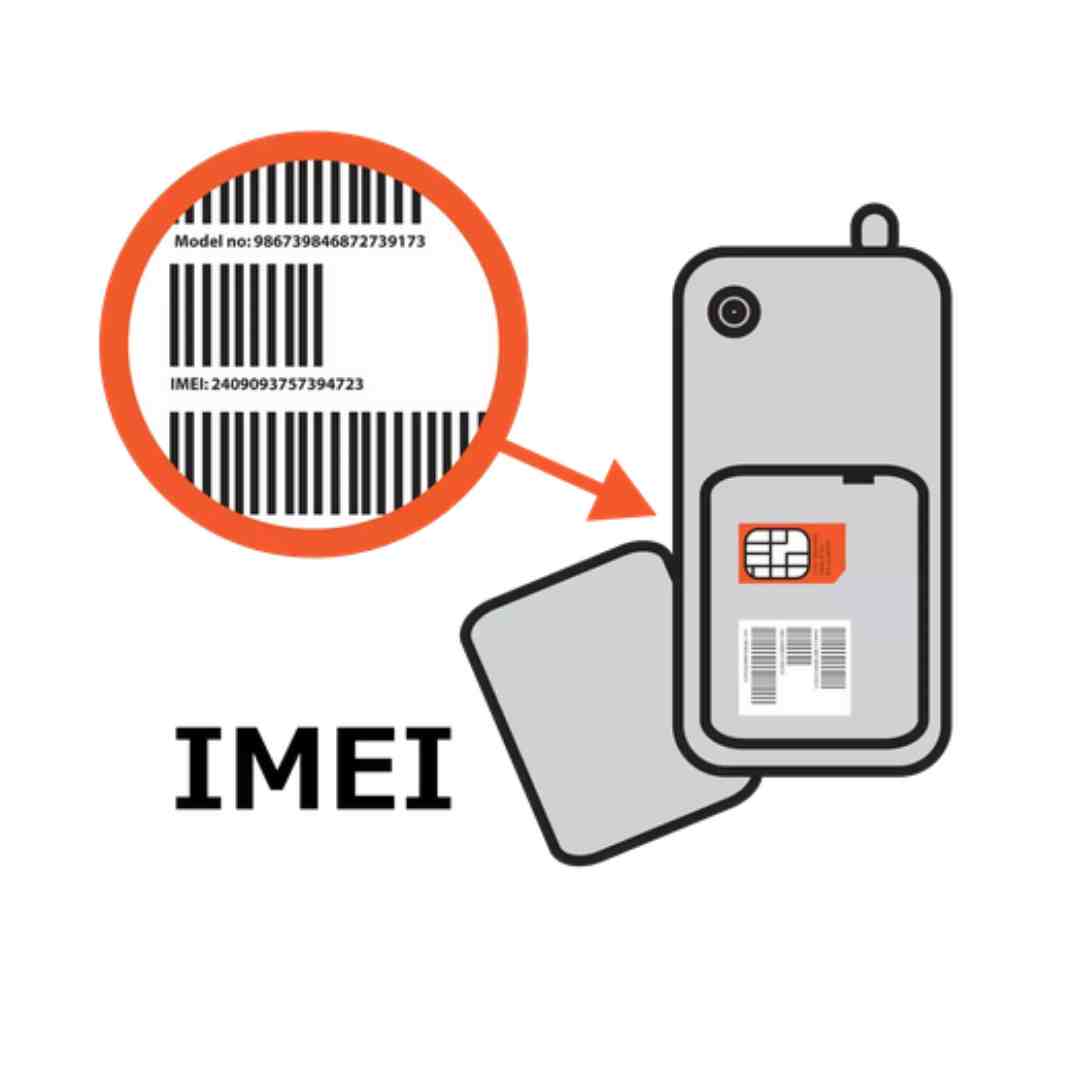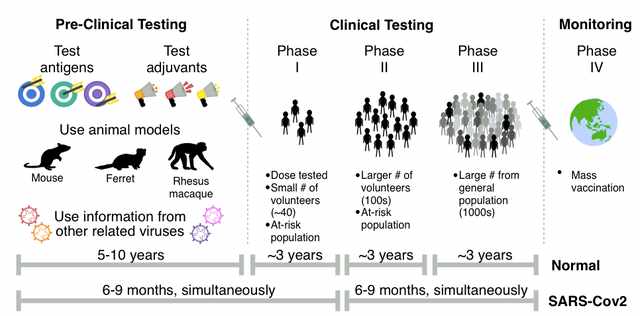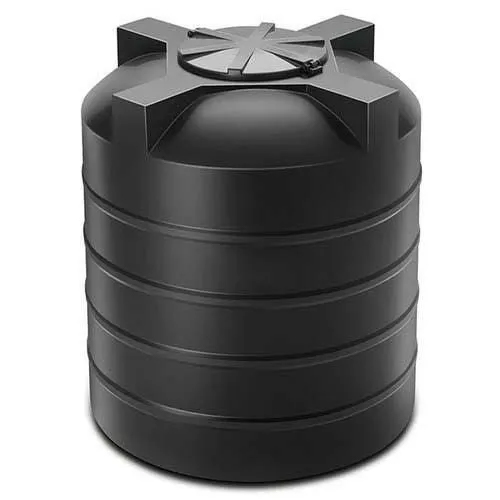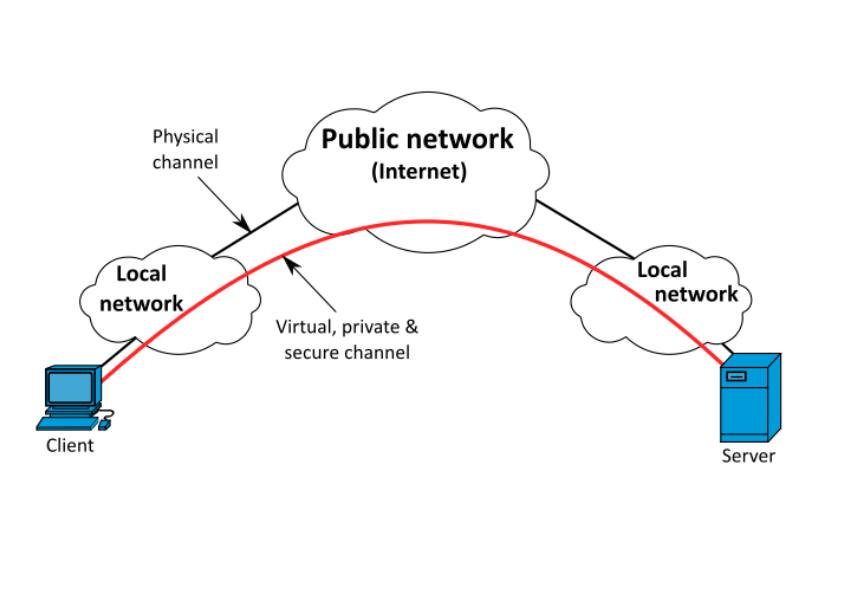"If you live in India, you must have heard about the recent havoc caused by Cyclone Amphan, a Category 5 tropical Super cyclone, in the states of West Bengal and parts of coastal Bangladesh. The cyclone, in its peak, caused the highest 1 minute sustained wind (wind speeds recorded near the eyewall of a cyclone) speeds of 260 kph which caused widespread destruction of property and life. In this article we are going to look at how cyclones are formed and the pattern that they follow from their birth to their dissipation. Cyclones/hurricanes/typhoons are the strongest and most destructive storms known to man. They are unpredictable and can often undergo rapid intensification, as did Cyclone Amphan, within a very short period of time. As such, the three stages in the life cycle of a tropical cyclone are Origin/Source Maturation Dissipation
The initiation of a tropical cyclone begins over a large area of an ocean whose water has surface temperatures exceeding 26.5 °C. This allows a warm pocket of air to develop over the water surface. This air, being warm and with the help of local winds, expands and rises upwards. Neighboring air rushes in to fill up that space, which in turn heats up and rises up itself.
The rising contains large quantities of moisture which gives rise to thick clouds 10-15 kms up in the troposphere. The draft causes more and more air, rich in moisture, to rise upwards creating thicker and heavier clouds. The air condenses and this causes the latent heat of vaporization to be released. This creates a self sustaining heat cycle within the cyclone, providing the cyclone its “power source”.
The Coriolis Force causes the air to churn around the center of the cyclone. The rotation of cyclones is clockwise in the Southern Hemisphere and anti-clockwise in the Northern Hemisphere. Some of the air cools and descends down forming an eerie spot of calm, its eye, as the cyclone ravages around it. The lowest air pressure is always found in the eye.
Around the eye, the winds are the strongest and form a “cylindrical eyewall” of sorts. The air pressure near the eye is significantly lower than the average atmospheric air pressure of 1010 millibars. The larger the pressure difference, the stronger are the winds. Amphan had a lowest pressure of 925 millibars. After its maturation, the cyclone is carried away from its source by global winds.
When and if the cyclone reaches land, it begins to lose energy and eventually dissipates. However, an important point to note here is that a cyclone can undergo multiple cycles of intensification and dissipation. If the cyclone returns to the warm waters, it re-intensifies until it reaches land when it begins to dissipate again.
Cyclones, which have exceeded the limit of tropical storms, are categorized on the basis of their sustained winds using the Saffir-Simpson hurricane wind scale (SSHWS). Category 1 cyclones are the weakest with 1 minute sustained wind speeds of 120-153 kmph and Category 5 cyclones are the most dangerous and devastating with 1 minute sustained wind speeds of more than 250 kmph."








